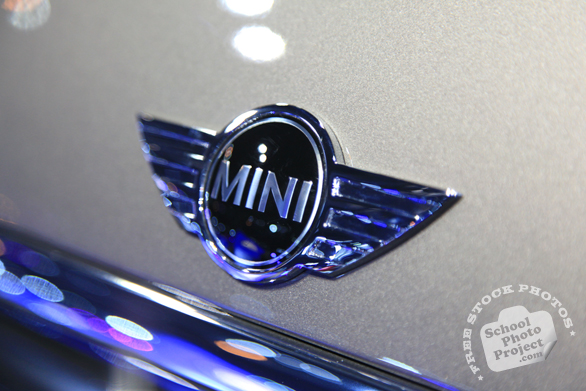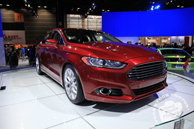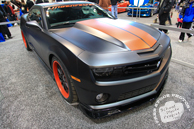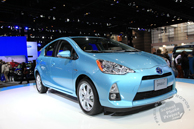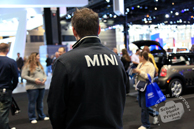Mini
The Mini is a small economy car that
was made by the British Motor Corporation (BMC)
and its successors from 1959 until 2000. The original
is considered a British icon of the 1960s, and its
space-saving front-wheel drive layout –
allowing 80 per cent of the area of the car's
floorpan to be used for passengers and luggage –
influenced a generation of car makers. The vehicle
is in some ways considered the British equivalent
of its German contemporary the Volkswagen Beetle,
which enjoyed similar popularity in North America.
In 1999 the Mini was voted the second most influential
car of the 20th century, behind the Ford Model T.
This distinctive two-door car was designed for BMC
by Sir Alec Issigonis. It was manufactured at the
Longbridge and Cowley plants in England, the Victoria
Park / Zetland British Motor Corporation (Australia)
factory in Sydney, Australia, and later also in
Spain (Authi), Belgium, Chile, Italy (Innocenti),
Malta, Portugal, South Africa, Uruguay, Venezuela
and Yugoslavia. The Mini Mark I had three major
UK updates – the Mark II, the Clubman
and the Mark III. Within these was a series of variations,
including an estate car, a pick-up truck, a van
and the Mini Moke – a jeep-like buggy.
The Mini Cooper and Cooper "S" were sportier
versions that were successful as rally cars, winning
the Monte Carlo Rally four times from 1964 through
to 1967, although in 1966 the Mini was disqualified
after the finish, along with six other British entrants,
which included the first four cars to finish, under
a questionable ruling that the cars had used an
illegal combination of headlamps and spotlights.
Initially Minis were marketed under the Austin and
Morris names, as the Austin Seven and Morris Mini
Minor, until Mini became a marque in its own right
in 1969. The Mini was again marketed under the Austin
name in the 1980s.
(Source: Wikipedia.org)
|



